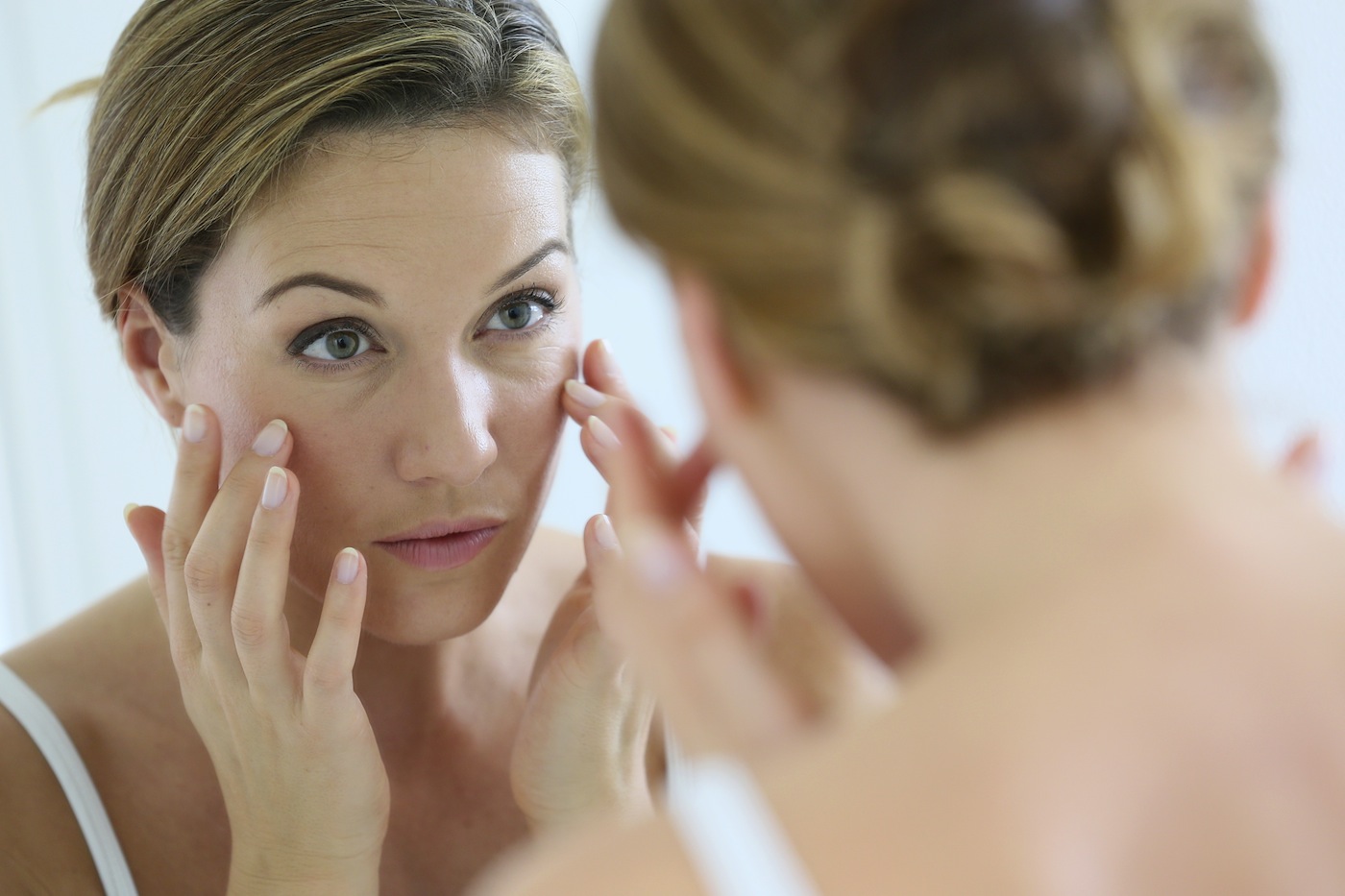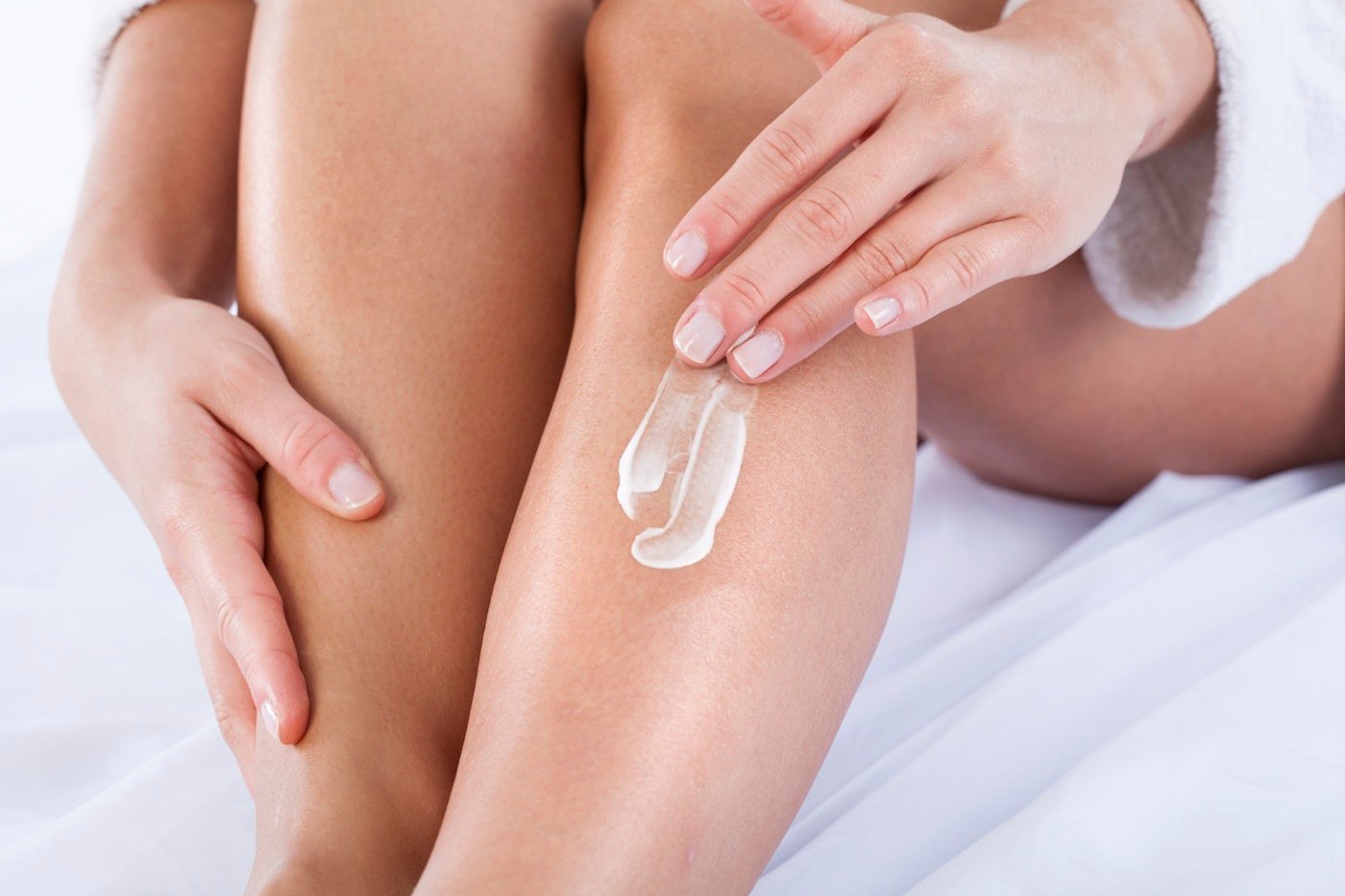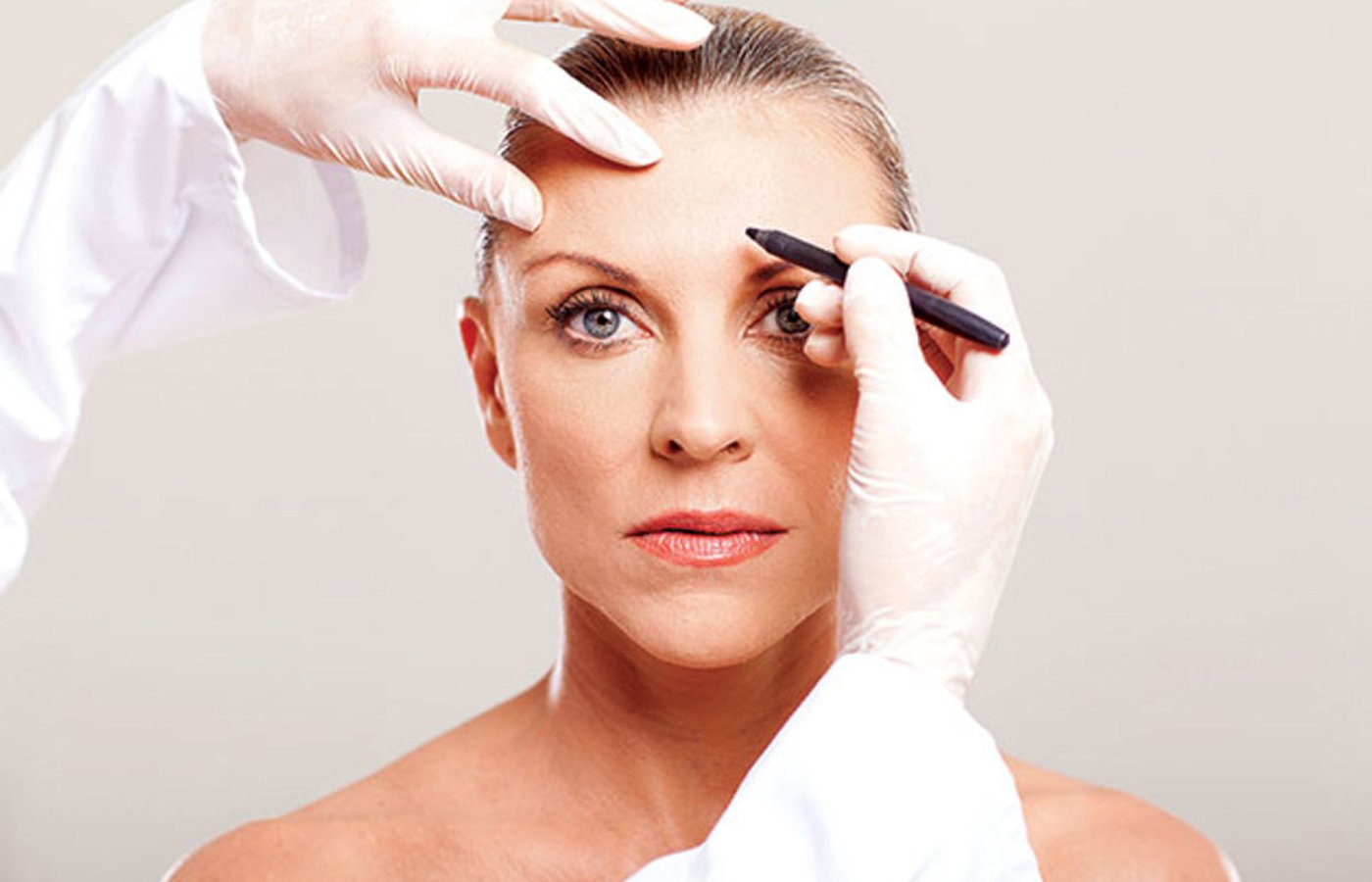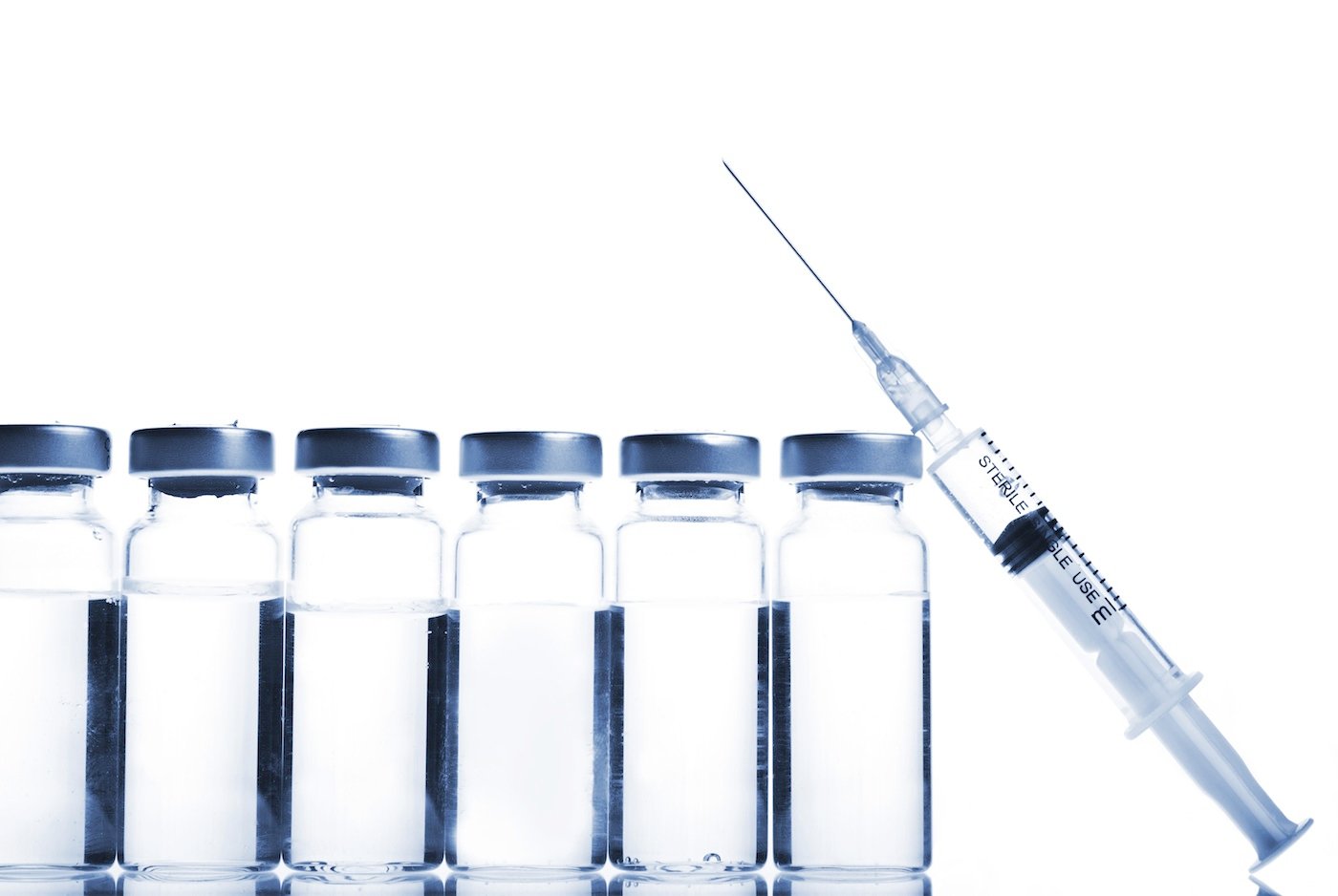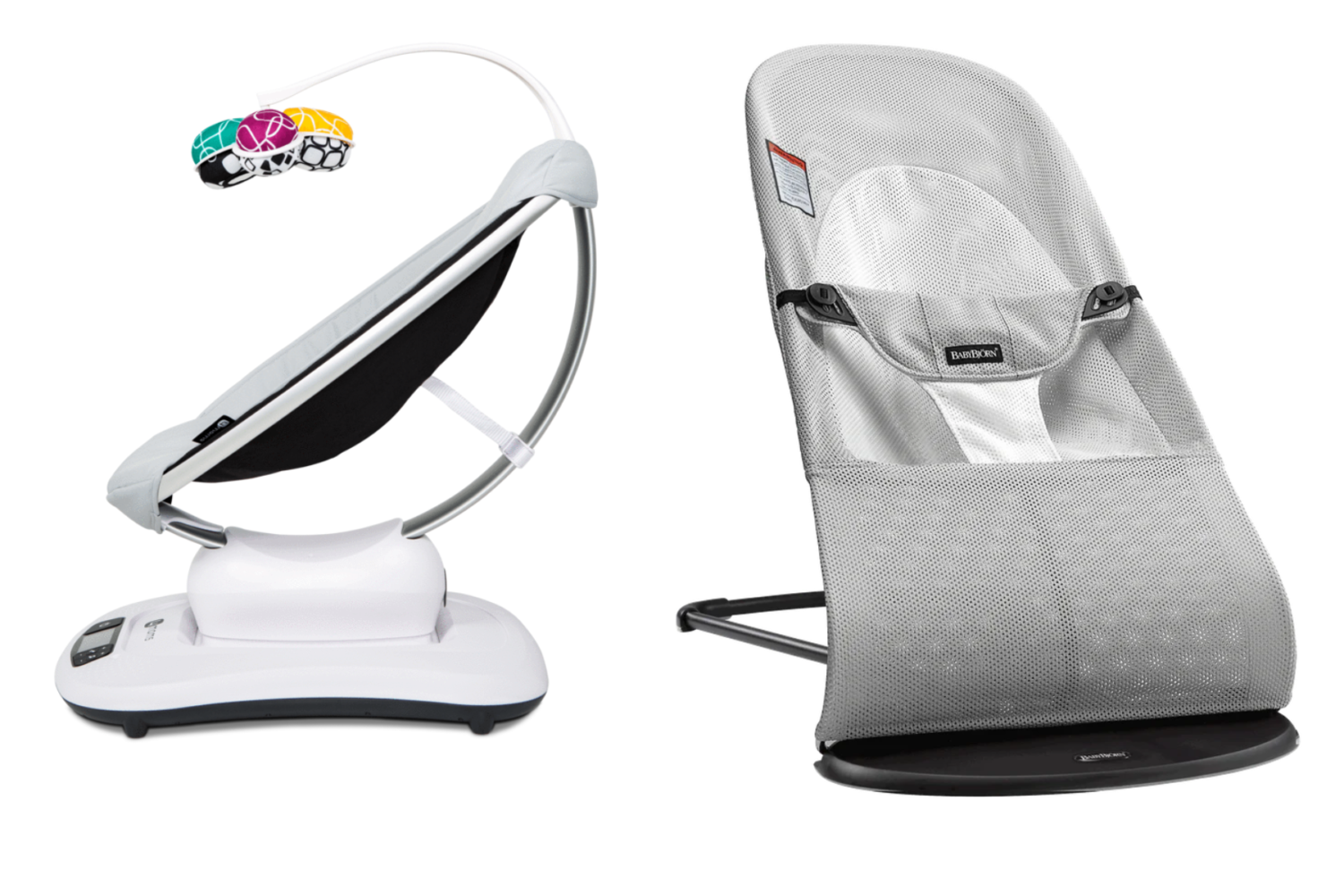Facial rejuvenation and anti-aging treatments are the most popular treatments in my dermatology office. However, a saggy neck can reveal even more about a woman’s age than her face, and the neck often gets forgotten when women apply sunscreen, moisturizer, or other anti-aging products to the face. Fortunately, there are multiple treatments available to address several common neck concerns. Here are the best ones that you should consider adding to your anti-aging arsenal.
Double Chin: The newest way to reduce submental fullness (aka, a double chin) is Kybella. Recently FDA-approved for the non-surgical removal of submental fat, Kybella is an injectable solution that permanently dissolves fat cells to improve the contour of the jawline and upper neck just below the chin. Most people will require two to four sessions for optimal results. Several days of bruising, swelling and soreness are expected after each treatment.
Crepey Skin and Wrinkles: Neck skin is particularly prone to sun damage because it is equally as exposed to ultraviolet rays as the face, but many of us forget to use the proper SPF on the neck. Laser treatments that deliver heat to the upper and middle layers of the skin, for example Fraxel or Halo lasers, help to stimulate collagen to improve the look of fine lines and wrinkles. A series of treatments is usually necessary to obtain the best skin-smoothing results.
Sagging Skin: One of the most common problems as we age is the development of jowls and sagging along the jawline and upper neck. Although a surgical neck lift can yield beautiful, long-lasting results, for those women who do not want surgery because of recovery time or perceived risk, there are several non-surgical tightening options available. Deep tissue heating using either ultrasound (Ulthera) or radio frequency (Thermage) can help stimulate the production of collagen, which leads to skin tightening several months after a treatment. These devices penetrate to the level of the support structures of the skin to help lift and tighten gently over time.
Discoloration: A long-standing red-brown “rash” on the sides of the neck is often not a rash at all. Previous sun damage is the most common cause of mottled and blotchy redness and red-brown discoloration at the sides and base of the neck. This type of discoloration responds well to a series of either intense pulsed light treatments (IPL) or vascular laser treatments, such as pulsed dye or KTP lasers. A series of 3 to 6 treatments is required for the best results. Since the treated areas can look blotchier and more mottled while undergoing the treatment series, it is best to consider starting the series in late Fall or early winter when covering the areas during the recovery time is easier.
Dr. Elizabeth Tanzi is a board-certified dermatologist and co-director of the Washington Institute of Dermatologic Surgery.

